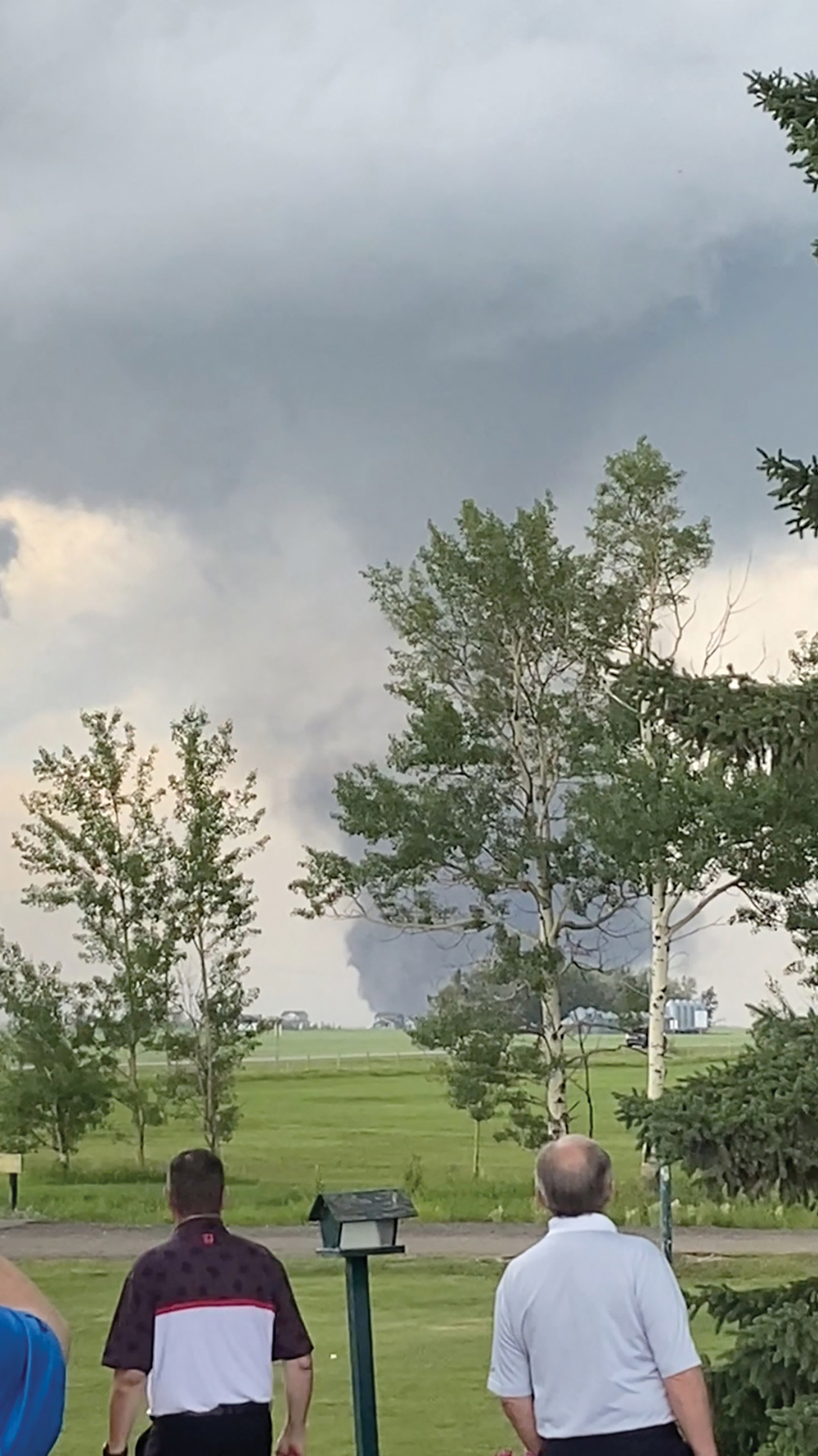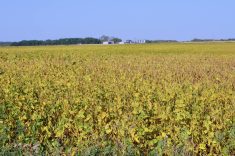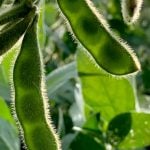Canola made a big jump on June 30, following steep increases in the Chicago soy complex, and by July 6 the oilseed appeared well positioned to attack $800 per tonne.
The U.S. Department of Agriculture released its planted acres report June 30, catching the trade off guard in cutting the amount of soybean acres by four million. That bullish news sent the soy complex soaring, and the spillover pushed November canola to more than $736 per tonne.
Then things hit a couple of small bumps. ICE Futures’ electronic canola trading floor was closed July 3 to mark Canada Day, and when canola trading resumed the next day, it was without the U.S. markets, as they were closed for Independence Day.
Read Also

Canola market sees up and down week
Canola futures endured a topsy-turvy week ended July 17, 2025, with most ICE contracts seeing net gains of about C$15 per tonne.
However, a healthy volume of canola traded July 4, with speculation that a good chunk of activity came from European traders looking to move things around.
Once U.S. trading was back in action, trends picked up where they left off. Canola finished July 5 with gains well above $20 per tonne in its most heavily traded contracts. That pushed canola past its resistance level of $750 per tonne.
Other than support from the soy complex, canola also found strength in drier conditions across much of the Canadian Prairies. Grain commodities remain well immersed in a weather market. Although canola and other crops still look quite good across the region, there are pockets where growing conditions are troublesome, and such trouble could quickly spread if healthy rains fail to materialize over the next few weeks.
Just as crops recovered last year from the drought in 2021, the Prairies could slip back is crop projections are repeatedly cut should conditions turn for the worse. A timely rain could reinforce the current good crop outlook on the Prairies.
As drought in the U.S. continued to underpin the soy complex, further gains in Chicago would of course lend support to canola. Should conditions turn bad for the Prairies as well, the Canadian oilseed could easily bust through $800/tonne and beyond, should soyoil remain well above 60 U.S. cents/lb., as it did on July 6.
A weather market being what it is, embedded uncertainty is always a factor. Improved crop conditions would take away any encouragement for prices to climb much higher and they could even turn around to grind lower.
As the summer holiday season progresses, it’s best to keep an eye on weekly crop reports from the three Prairie provinces. Just enough rain would help canola produce a decent amount of seed, but dryness would cut into that, leaving the Prairies with a lot of canola acres but reduced output.




















